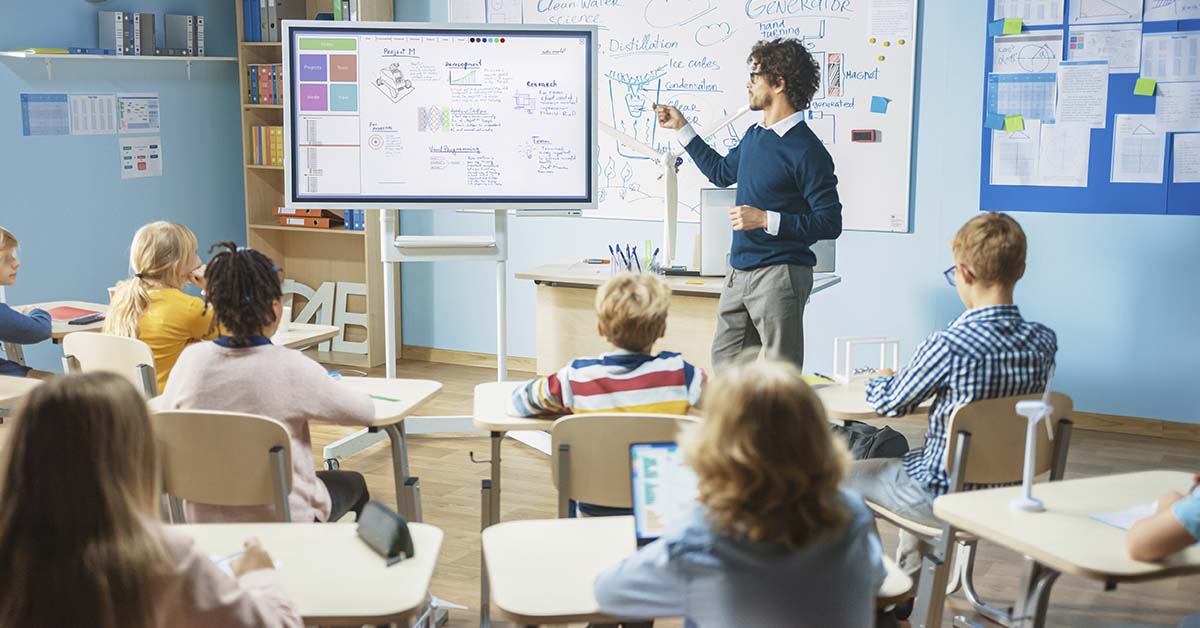Childhood trauma is a prevalent issue affecting a significant number of children in the United States. According to a study, almost half of all children in the country have experienced at least one form of serious trauma, with nearly 75% of kids aged 12-17 having experienced two or more types of trauma. These traumatic experiences can have long-lasting effects on their physical and mental health, as well as impact their behavior and learning abilities in the classroom. Let’s explore 10 classroom behaviors that are often misunderstood as mere behavior issues or learning delays but are actually side effects of childhood trauma.
10 Classroom Misunderstood Classroom Behaviors The Could Be From Trauma
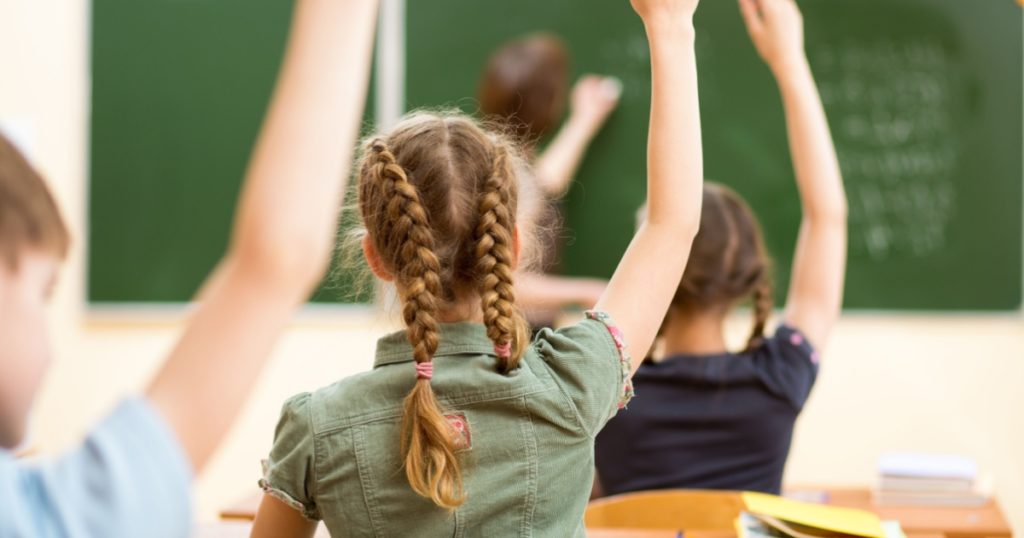
Childhood trauma is not something that stops at the door of a school. No matter how much a student likes their teacher, their friends, and going to school, when they have a tough home life, they will carry that with them into the classroom. Rachel Moshman, M.Ed, educator, and mother, has spent a great amount of her career studying behaviors that you might think are just because they are a “bad kid”. The reality is that these are reactions to what they are experiencing beyond the school walls. She says that understanding this is the first step towards helping these students. (1)
1. Aggression or bullying
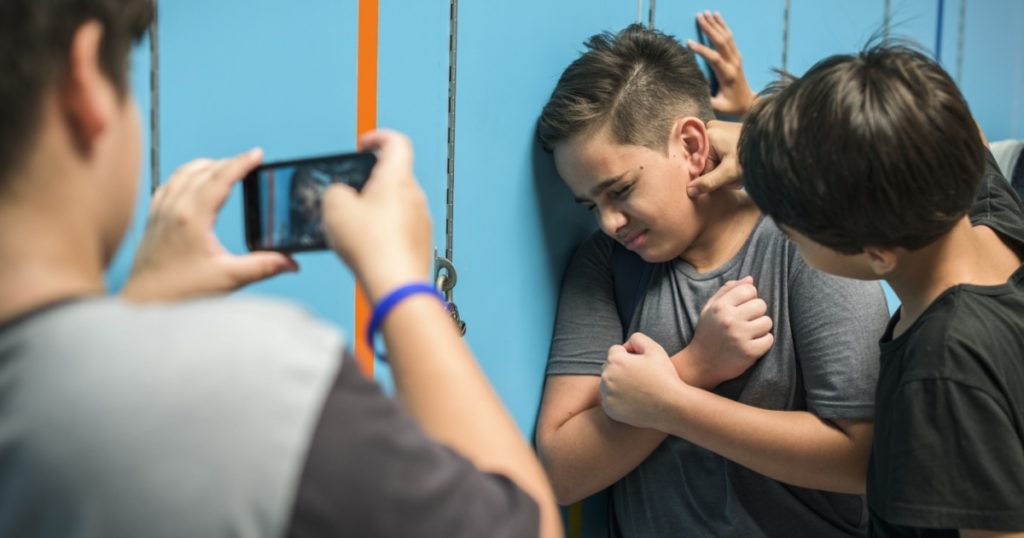
Children who have experienced trauma may exhibit aggressive or bullying behavior towards their peers, teachers, aids, or administration. As the saying goes, “hurt people hurt people.” It is important to understand that these children may lash out as a means of self-protection or as a result of their own unresolved trauma. (2)
2. Stealing
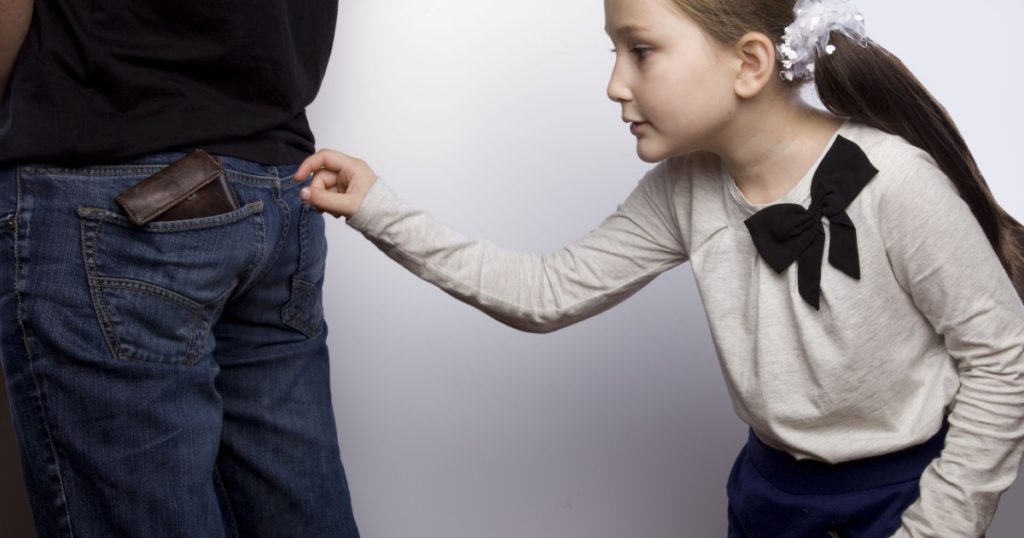
Stealing can be a manifestation of a child being in survival mode. Kathy Haddock, a foster and adoptive parent, suggests that children steal for various reasons, including a need for safety or fitting in with their peers. It is crucial to approach these situations with empathy and identify the underlying reasons behind their actions.
Read More: Elementary school turns leftover lunch into frozen meals for children in need
3. Lying
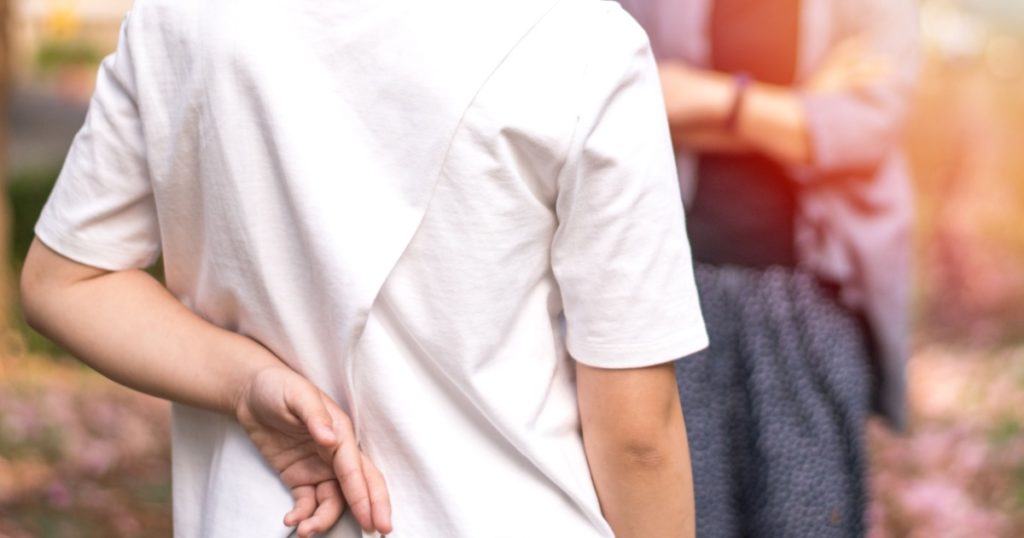
Lying can be another symptom of children in survival mode. Fear of consequences or a desire to create an alternative reality to escape from their trauma may lead them to lie. It is important to recognize that trauma can affect a child’s logical thinking and wiring of the brain. (3)
4. Physical health issues
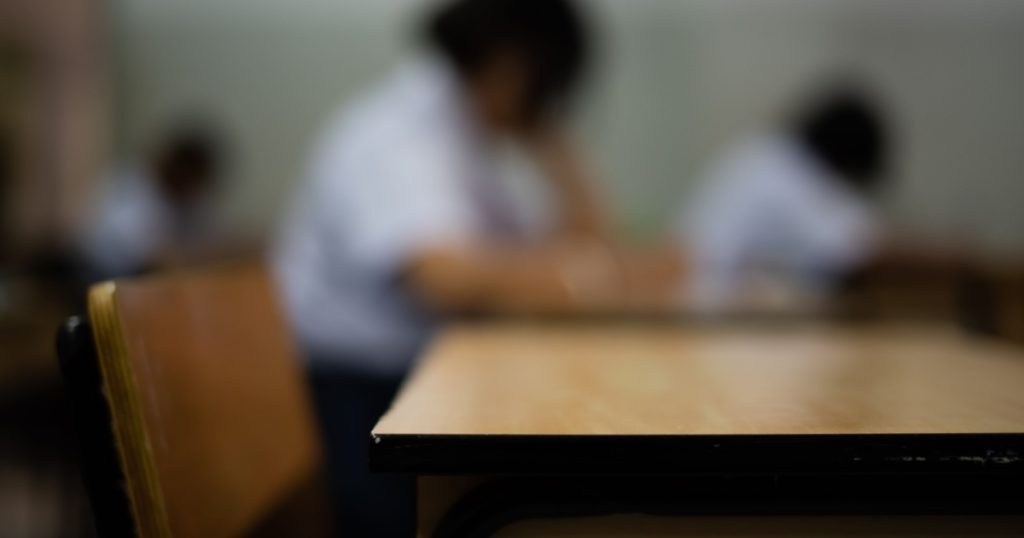
Childhood trauma often impacts a child’s physical health, resulting in appetite issues, insomnia, exhaustion, headaches, and various other health problems. This can lead to frequent absences from school or a general sense of unwellness during class time.
5. Unexpected emotional reactions
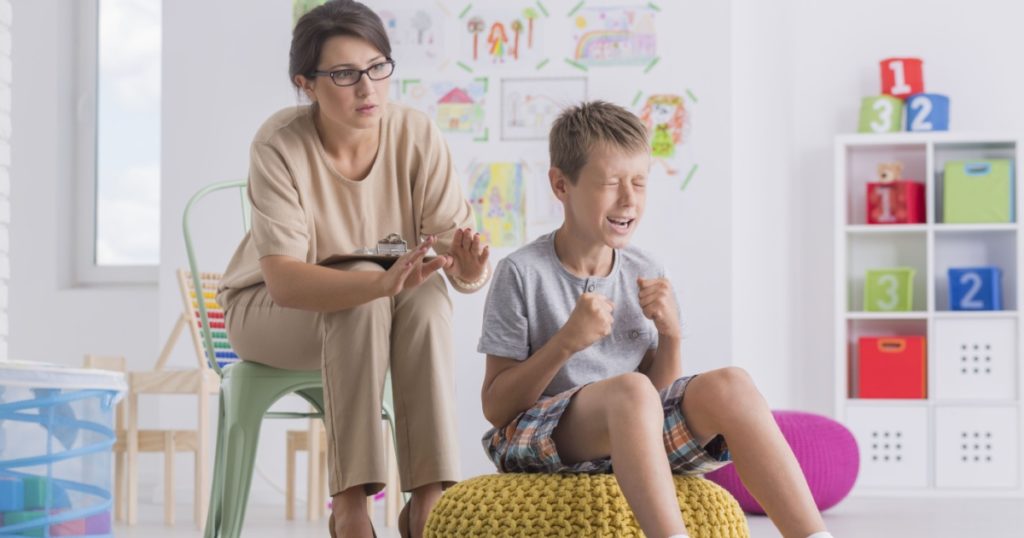
The difficulty in regulating emotions is a common side effect of trauma. Children who have experienced trauma may display unexpected emotional outbursts, such as angry meltdowns, excessive crying, or hysterical laughter. Their emotional responses may appear disproportionate to the situation at hand.
Read More: 59 Old school parenting photos that wouldn’t fly today
6. Disruptive behavior
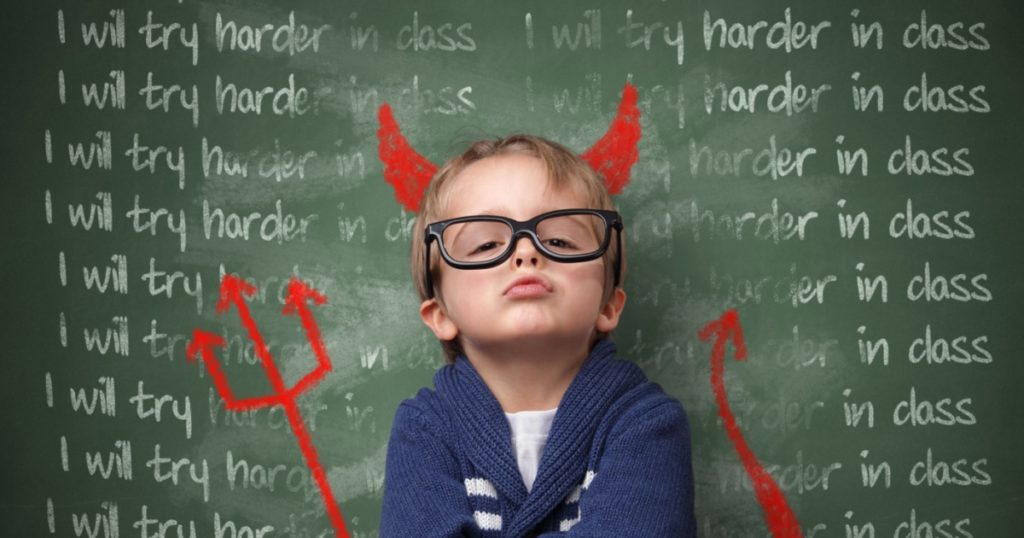
Children who have grown up in high-stress and chaotic environments may seek to recreate that environment wherever they go. A quiet, calm, and orderly classroom can become intimidating and uncomfortable for them. This may result in disruptive behavior as a means of seeking familiarity.
7. Memory issues
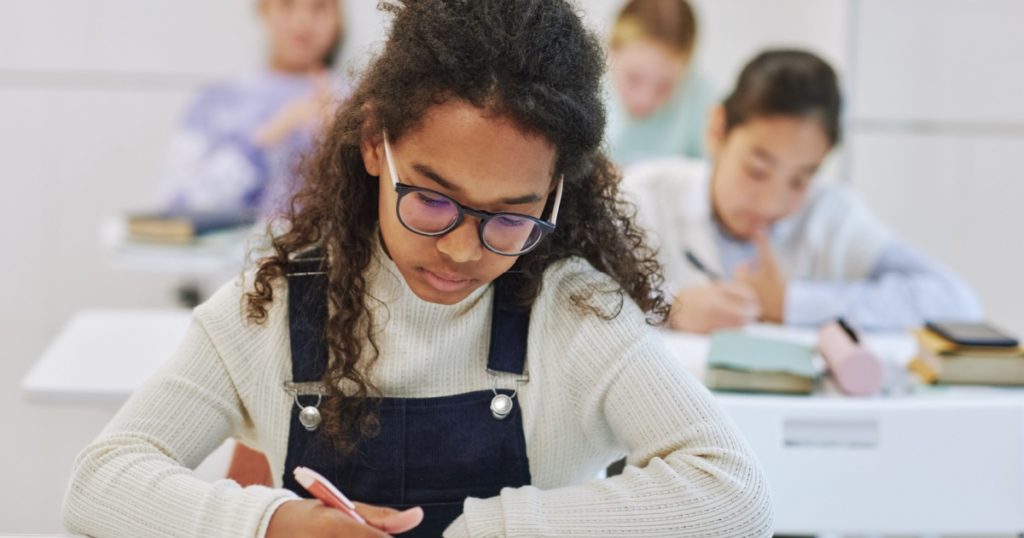
Trauma can cause memory gaps and difficulties in remembering information. Children who have experienced trauma may struggle with retaining new material or exhibit issues with recall. Understanding these memory issues can help teachers provide appropriate support and accommodations.
8. Perfectionism
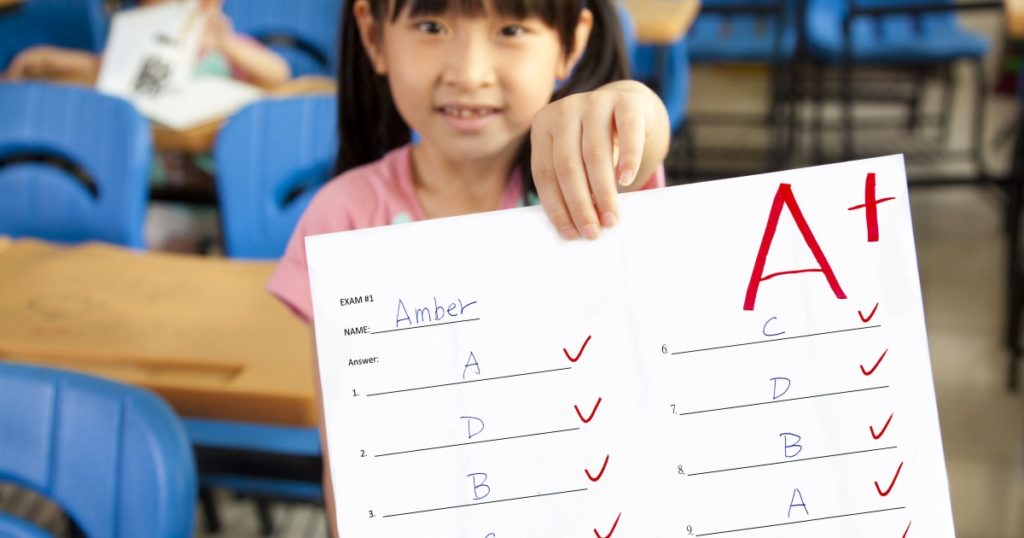
Some traumatized students may develop a tendency towards perfectionism. They strive to excel in everything they do, often as a way to maintain a sense of control and safety. Failure to meet their own unrealistic expectations can lead to anxiety and frustration.
9. Difficulty absorbing new information
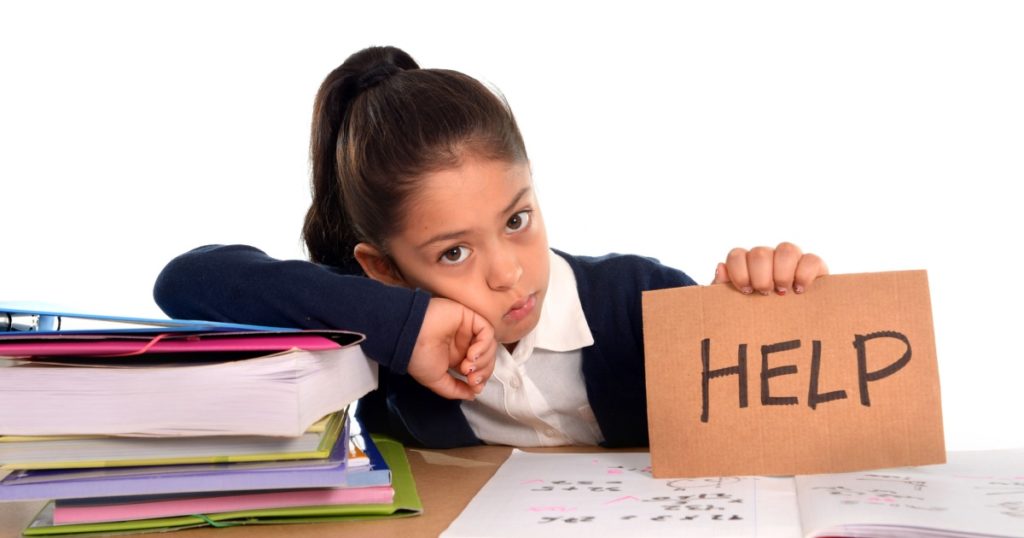
The overwhelming burden of trauma in their lives can make it challenging for children to focus on learning new information. Teachers should be aware of the additional barriers these students face and provide extra support and understanding.
Read More: Frustrated Mother Shares Photos of ‘Tiny’ School Lunch Portions
10. Withdrawn or introverted interactions
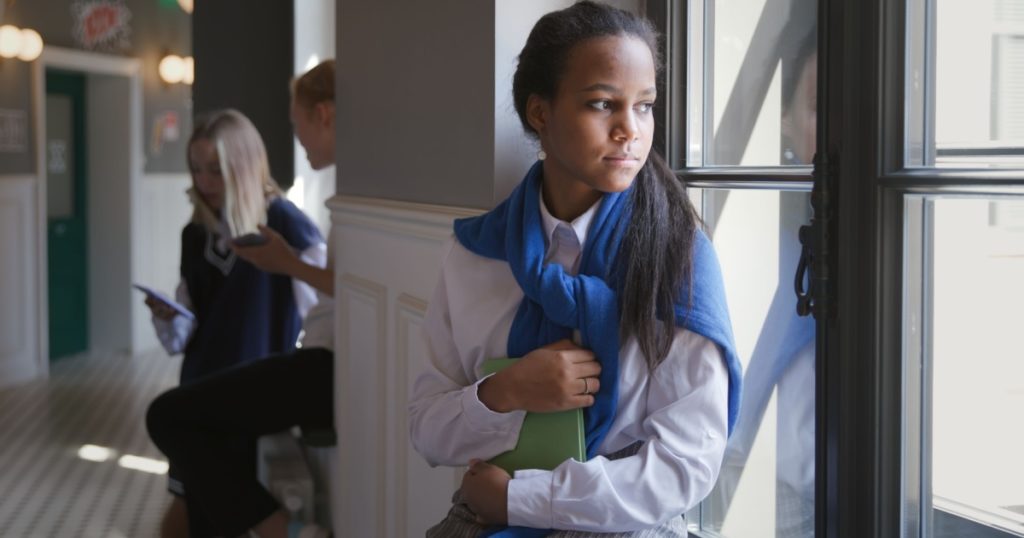
While some traumatized children may express their trauma outwardly, others may withdraw or become introverted. They may appear uninterested, shy, unresponsive, or seemingly unengaged in classroom activities. Recognizing these signs can help teachers provide the necessary support and encouragement.
The Bottom Line
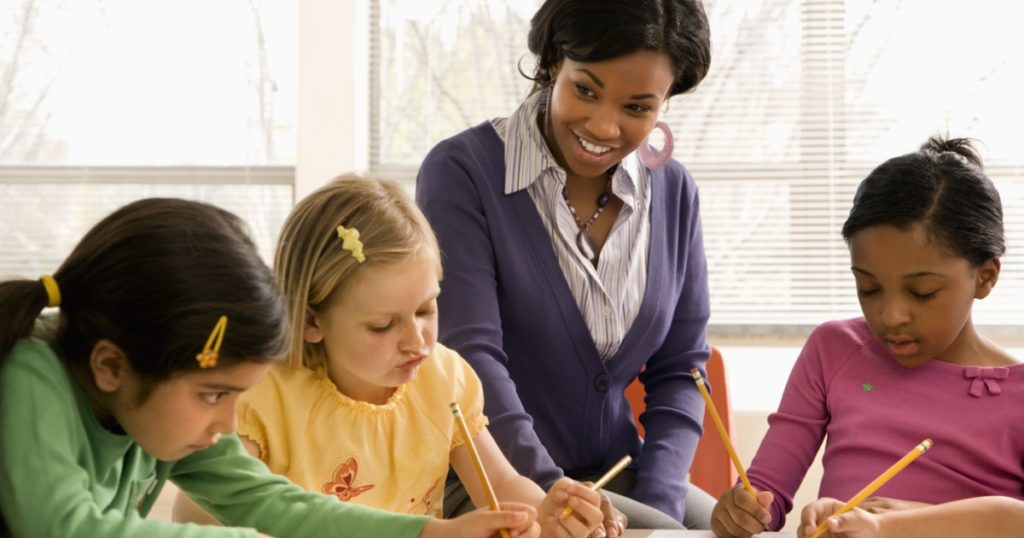
Understanding the link between childhood trauma and classroom behavior is essential for creating a safe and inclusive learning environment for all students. By recognizing the side effects of trauma, teachers can approach challenging behaviors with empathy and compassion, rather than judgment. It is crucial to prioritize building strong relationships with students and to educate ourselves about trauma-informed care. By offering support and understanding, we can help these children navigate their trauma and promote their overall well-being.
Read More: 15-year-old dies by suicide 2 days after telling his mom he was being bullied at school
Sources
- “10 Classroom Behaviors That Are Actually Side Effects of Trauma.” Bored Teachers. Rachael Moshman
- “Trauma Care for Children and Adolescents.” Help Guide. Nicole Hisaka, Psy.D.
- “Childhood Trauma in Today’s Urban Classroom.” The Journal Of Educational Foundation. Yvonne RB-Banks and Joseph Meyer.
